I’m starting this column on the eve of the election, so you have me at a disadvantage. But not much of one. Thanks to Scott Morrison’s willingness to abandon core conservative principles to accommodate the concerns of disproportionately vocal lobby groups, it’s hard to foresee meaningful change on the most important issues of the day whoever forms the next government. Unless Clive Palmer, Pauline Hanson and Barnaby Joyce have been secretly colluding to pull off the mother of all upsets, federal and state legislation and policy will continue, for the foreseeable future at least, to be framed by a number of largely discredited orthodoxies which are at best counter-intuitive and at worst oxymoronic: that a gas which makes up less than 0.05 per cent of the atmosphere poses a bigger threat to humans than disease; that sex has more to do with peer group pressure than pudenda; that Martin Luther King got skin colour and character content arse-about-face; and that the world would be a better place if the Bible had never been written and the Renaissance and Enlightenment had never happened.
I’m finishing this column with a hangover, having watched The Fall of the House of Morrison in the company of a number of prominent Sydney conservatives. By about 9pm, when it was clear which way Kooyong, North Sydney and Wentworth were heading, the party had morphed into a wake, and although the wine continued to flow, the conversation was increasingly gallows humour. The outcome was never really in doubt, but there was surprise at the success of the so called ‘teal’ independents. Their five seats, more than the United Australia Party’s ‘we can never trust Labor or the Libs again’ slogan, is a clear indication that as far as the Australian electorate is concerned the goal posts have not so much shifted as multiplied. For a very long time in the Anglosphere politics was a reassuringly binary business, with the vast majority of voters content to support one of two parties, and the apparatus of government comprising two houses; the Commons and Lords in Britain, the Senate and Congress in the US, and a hybrid of both everywhere else. The concept of a ‘political divide’, of an adversarial left and right, was so entrenched that politicians could signal their allegiance to one side or the other merely by the wearing of one of two colours. How quaint and simplistic that now seems. Today, for many young Australians, how green you are matters far more than how blue or red you are, and nothing less than the full chromatic spectrum can do justice to your support for the confected inclusivity of the LGTBQ community (notwithstanding the fact that post-apartheid South Africa already had dibs on rainbows). It is entirely appropriate, then, that the collective term for the candidates many are now blaming or thanking for the ousting of the Coalition should also be a colour. Three months ago, the only Australians who used the word ‘teal’ were ornithologists and interior decorators. Now it is a shoo-in for Macquarie Dictionary’s word of the year.
The only other colour which could be said to have played a prominent part in this federal election – as it did in the last one – is yellow. And like many Australians I thought that once the polls had closed, I would see nothing in the mainstream media to remind me of Mr Palmer’s campaign except the logo at the end of Commonwealth bank ads. Imagine my surprise, then, to see Peta Credlin wearing what, given the context, can only be described as a Palmer Yellow jacket on Sky News’s election night panel, and her stablemate Rita Panahi wearing an outfit of an identical hue on Outsiders the following morning. I have too much respect for both women to believe that, as with the networks and newspapers which carried his ads, Clive made them an offer they couldn’t refuse. I would much rather believe that they were unwittingly showcasing a new kind of media gaffe. We have for a long time referred to pundits who make statements of a particular insensitivity as being tone-deaf. Should we now describe pundits who make wardrobe choices of a particular insensitivity as being colour-blind?
Got something to add? Join the discussion and comment below.
Get 10 issues for just $10
Subscribe to The Spectator Australia today for the next 10 magazine issues, plus full online access, for just $10.
You might disagree with half of it, but you’ll enjoy reading all of it. Try your first month for free, then just $2 a week for the remainder of your first year.


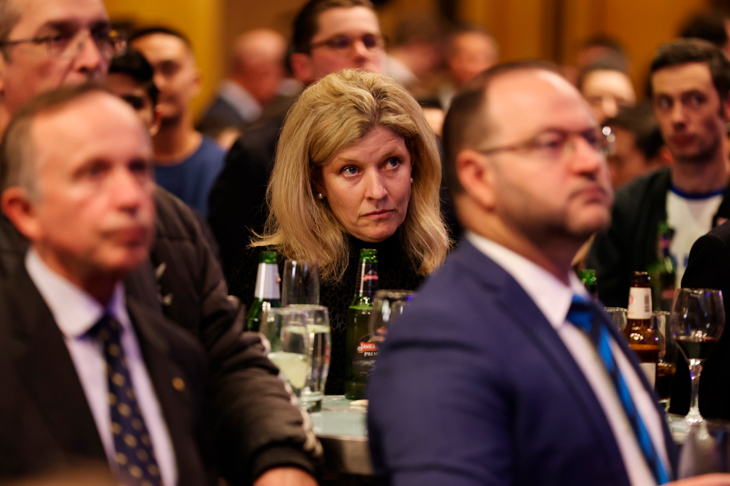
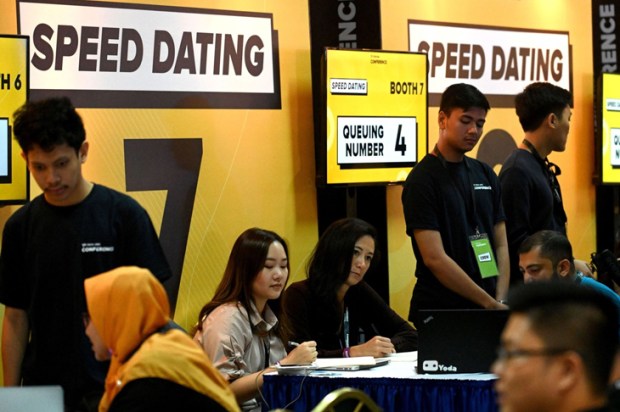
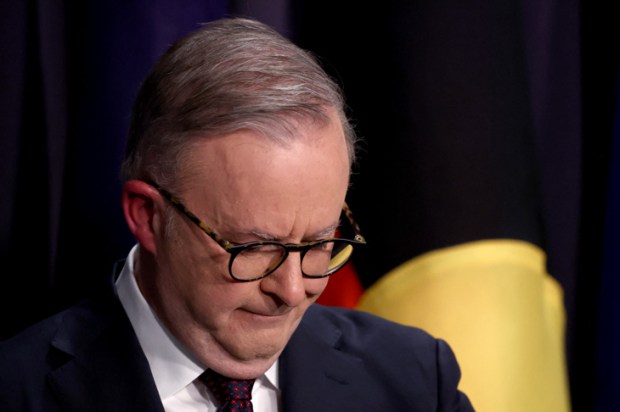
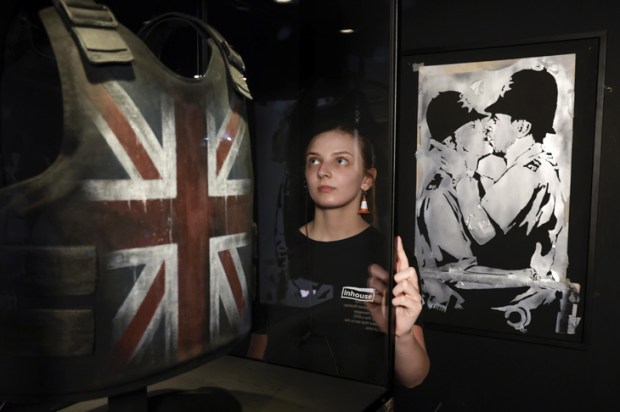
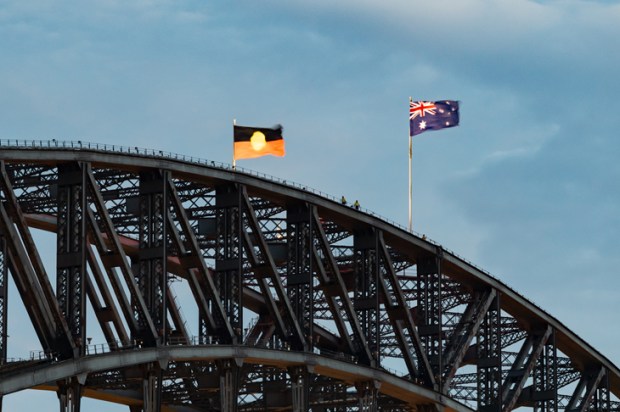

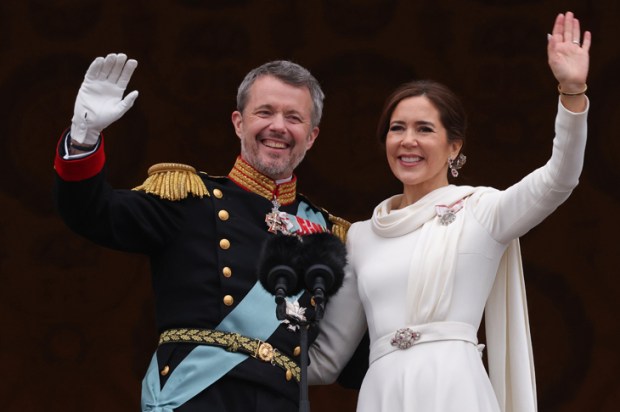






Comments
Don't miss out
Join the conversation with other Spectator Australia readers. Subscribe to leave a comment.
SUBSCRIBEAlready a subscriber? Log in